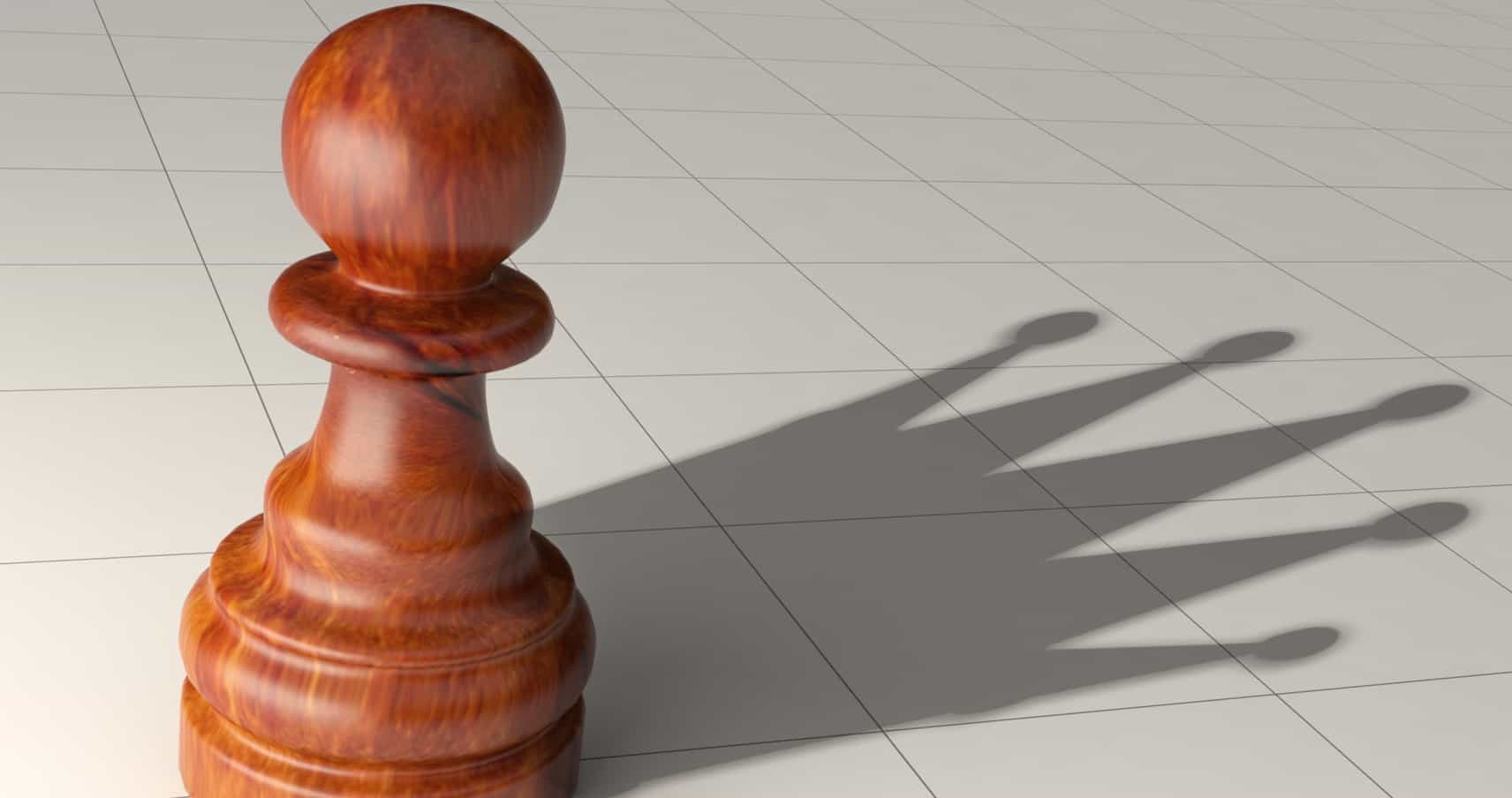
By Hon. Gilbert M. Román
By Hon. Gilbert M. Román, Colorado Court of Appeals
In the NJC’s General Jurisdiction course, Judge Tom Zonay shows this cartoon depicting a judge on the bench with a crown on his head. In it, one attorney tells another, “The judge always wore a crown when he made rulings that could only be overturned by the ‘abuse of discretion’ standard to let everyone know, ‘This is it, baby.’”
In this article, we examine situations in which: (1) No abuse of discretion occurs (the crown fits perfectly); (2) Abuse of discretion occurs, but no reversal results (the crown fits but almost falls off); and (3) Reversal occurs despite application of the abuse of discretion standard (the crown falls off).
When no abuse of discretion occurs (the crown fits perfectly)
Most jurisdictions define “abuse of discretion” something like this: “The court acted in a manifestly arbitrary, unfair, or unreasonable manner.” So, for instance, in a jurisdiction where the court has discretion to sentence a defendant within a statutorily prescribed sentencing range, and the appropriate sentencing standards have been considered, the court will be deemed to have acted within its discretion if the sentence falls within that sentencing range. As an appellate court judge, I also find the following test useful: “Under the abuse of discretion standard, the test is not whether we would have reached a different result but, rather, whether the trial court’s decision fell within a range of reasonable options. In other words, there are times when the appellate court may not have come out the same way as the trial court had it been the decision-maker, but because the decision fell within the range of reasonable options permitted by law, no abuse of discretion occurred.
When abuse of discretion occurs, but no reversal results (the crown fits but almost falls off)
Sometimes the appellate court will conclude that the trial court did abuse its discretion; however, it will still not reverse the case. In these situations, the abuse of discretion standard turns on whether the error was harmless. (And, in criminal cases, if the error is unpreserved, reversal will depend on whether the error was plain.) Thus, even though the trial court abused its discretion, the appellate court’s inquiry does not stop there. The appellate court will reverse only if the error affects the substantial rights of the parties—that is, under harmless error, if it “substantially influenced the verdict or affected the fairness of the proceeding,” or, under plain error, if it “so undermined the fundamental fairness of the trial itself so as to cast serious doubt on the reliability of the judgment of conviction.” Take preserved non-constitutional trial error, for instance. Under harmless error, the reviewing court will not reverse despite an abuse of discretion if it concludes that the error did not make a difference in the outcome—e.g., the evidence was nonetheless overwhelming, the admitted evidence was not the focal point of the case, or the case didn’t turn on it.
When reversal occurs despite application of the abuse of discretion standard (the crown falls off)
So when does the abuse of discretion standard lead to reversal, and why? Here are five of the most common reasons for reversal in this area:
- The absence of one particular word in the trial court’s decision: because. In these cases, the appellate court’s opinion will read something like this: “The statutory provision gives the trial court discretion to grant appropriate relief; therefore, we review for an abuse of discretion. But we are unable to do so here because the court provided no explanation (or analysis) of its ruling in the order.” In other words, the trial court didn’t tell the reviewing court why it did what it did by using the magic word because. And since it didn’t, the case is remanded back to it, so it can do so. Attorney-fees awards are a prime example. Too many attorney-fees cases get reversed because the trial court did not rule on the reasonableness of an attorney-fees request. To prevent unnecessary remands in these situations, get in the habit of explaining your findings.
- Misapprehending the law. When judges believe they have no discretion to do something when they it actually do, a reversal is almost certain, if only to provide the judge with an opportunity to reconsider his or her decision under the appropriate legal standard.
- Failing to consider statutory standards in a ruling when required to do. By way of example, in a jurisdiction where the court has discretion to sentence within a range, there are usually sentencing standards to consider prior to sentencing (e.g. aggravating and mitigating circumstances). To avoid being reversed in this context, the trial court should make clear in its ruling that it is aware of these statutory considerations.
- The trial court misapprehends the facts of a case. For example, a trial court may be subject to remand when its award of attorney fees is based on a miscalculation of the amount to which an attorney is entitled, or when its division of marital assets is based upon a miscalculation of the marital estate.
- Ordering a remedy that is manifestly unfair or unreasonable to implement. For example, suppose a trial court declines to modify an existing parenting time order under which each parent gets the child every other week, but one parent has relocated across the country. In this situation, declining to modify the parenting time order in any way that reflects this material change in circumstances will likely be deemed an abuse of discretion and reversed because, as a practical matter, it can no longer be fairly implemented as originally written.
The judicial system places a great deal of trust and responsibility in its trial judges through the abuse of discretion standard. Follow these suggestions and you are more likely to keep your abuse of discretion standard on your head.
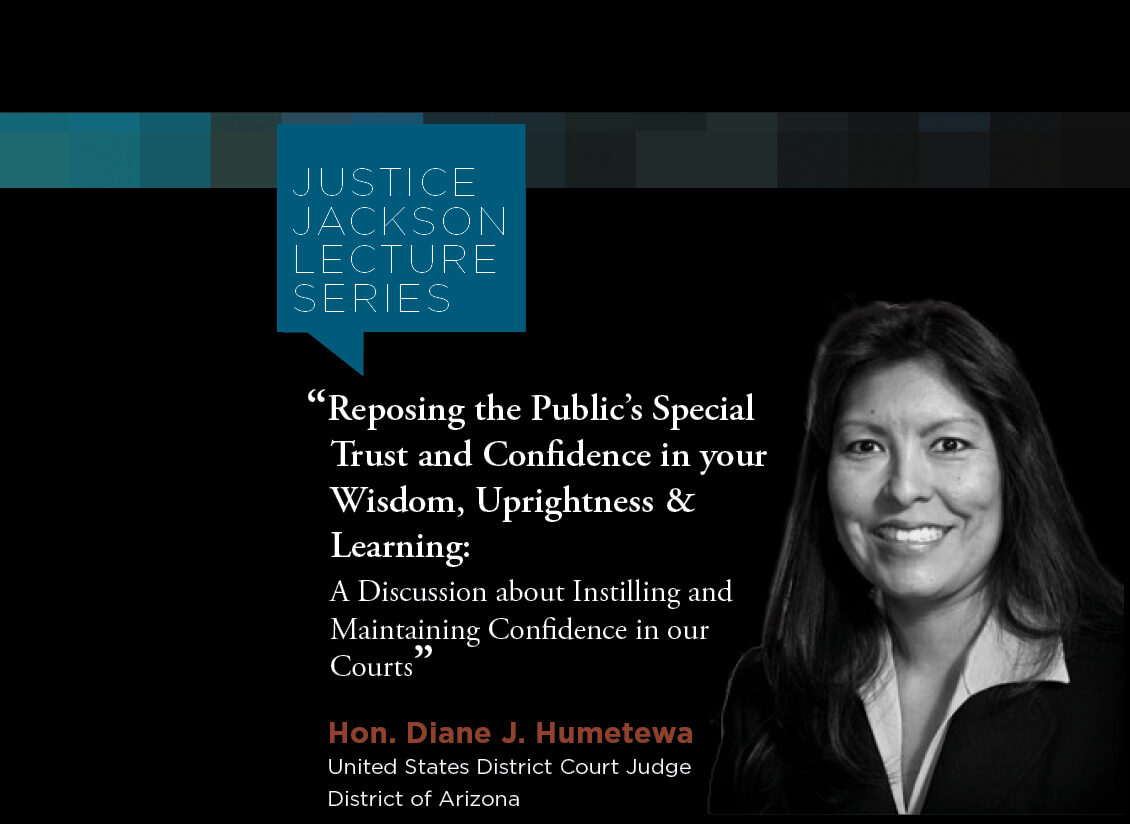
Hon. Diane J. Humetewa, the first Native American woman and the first enrolled tribal member to serve as a ...
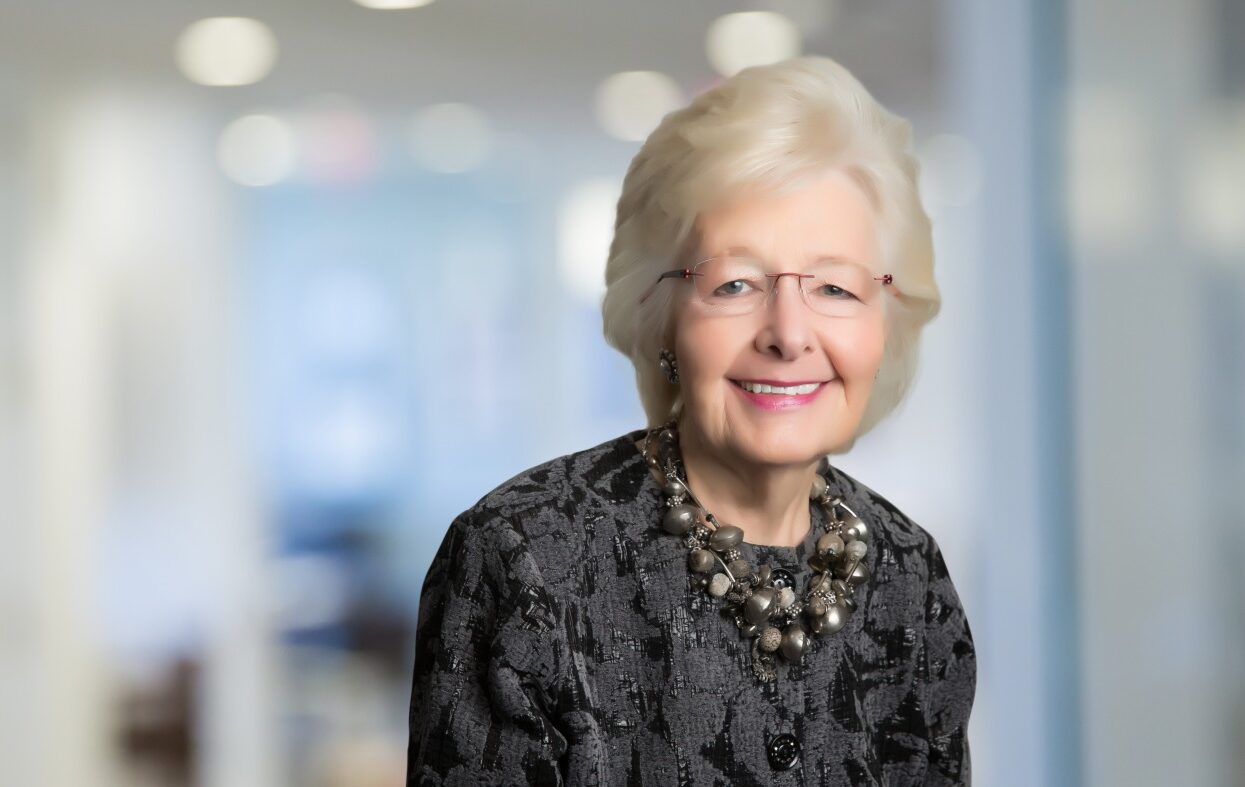
Retired Massachusetts Chief Justice Margaret H. Marshall has been selected as the 2024 winner of the presti...
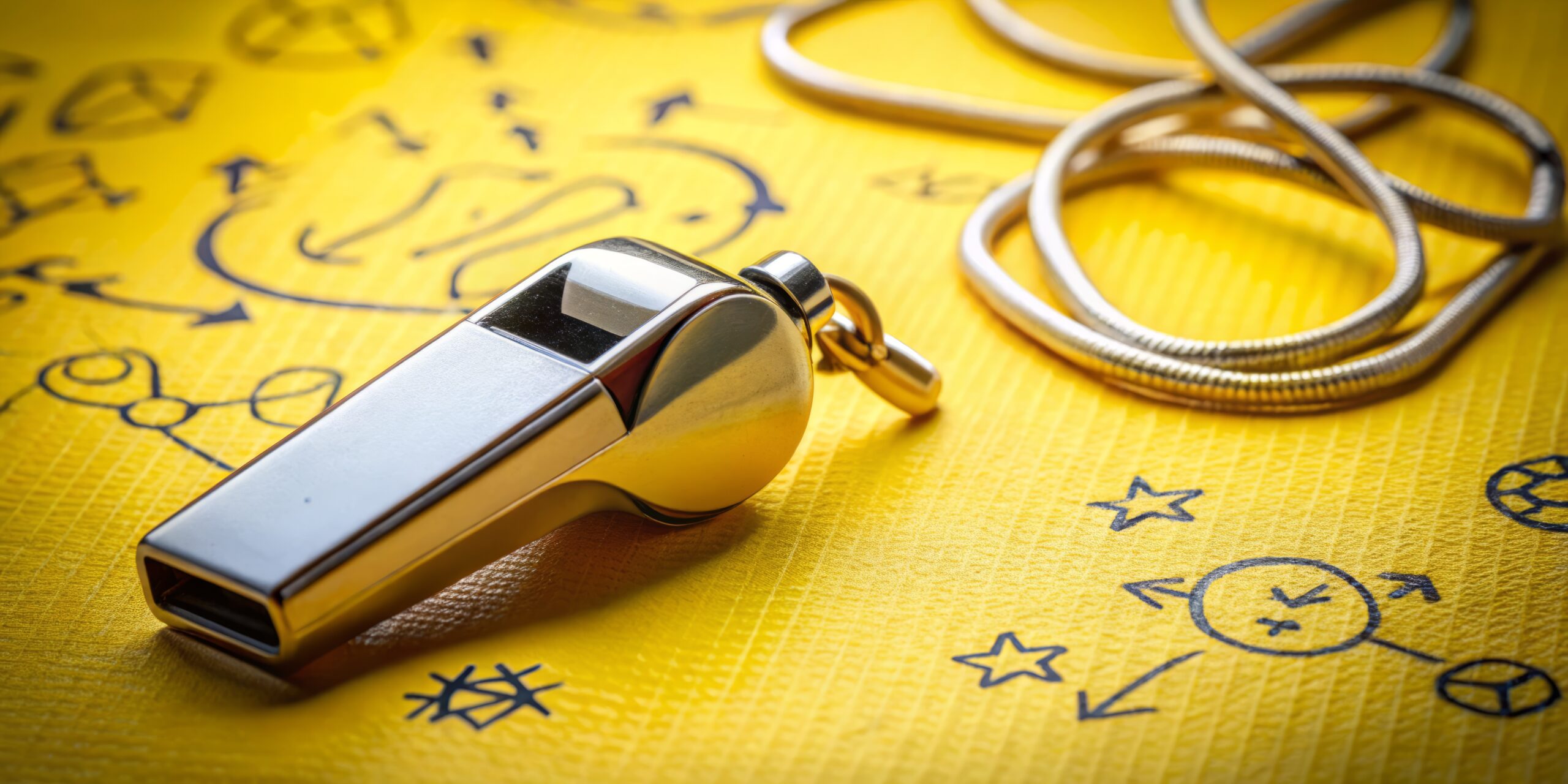
Dear Gaveliers Fans: I am delighted to announce the appointment of our first Gaveliers coaches, profiled...
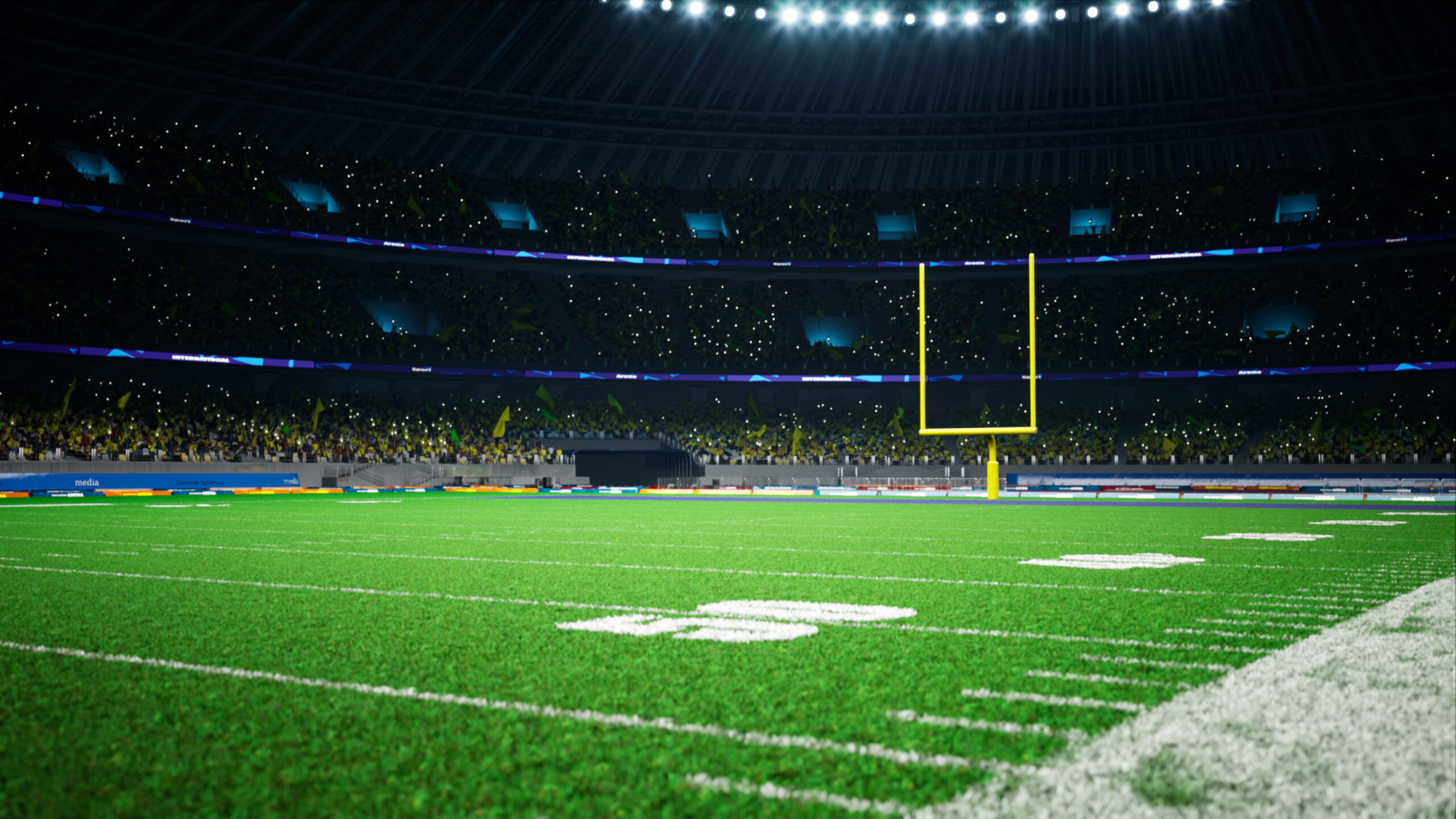
Fans, I could not be more proud of the work our players put in over the summer. The difference between h...
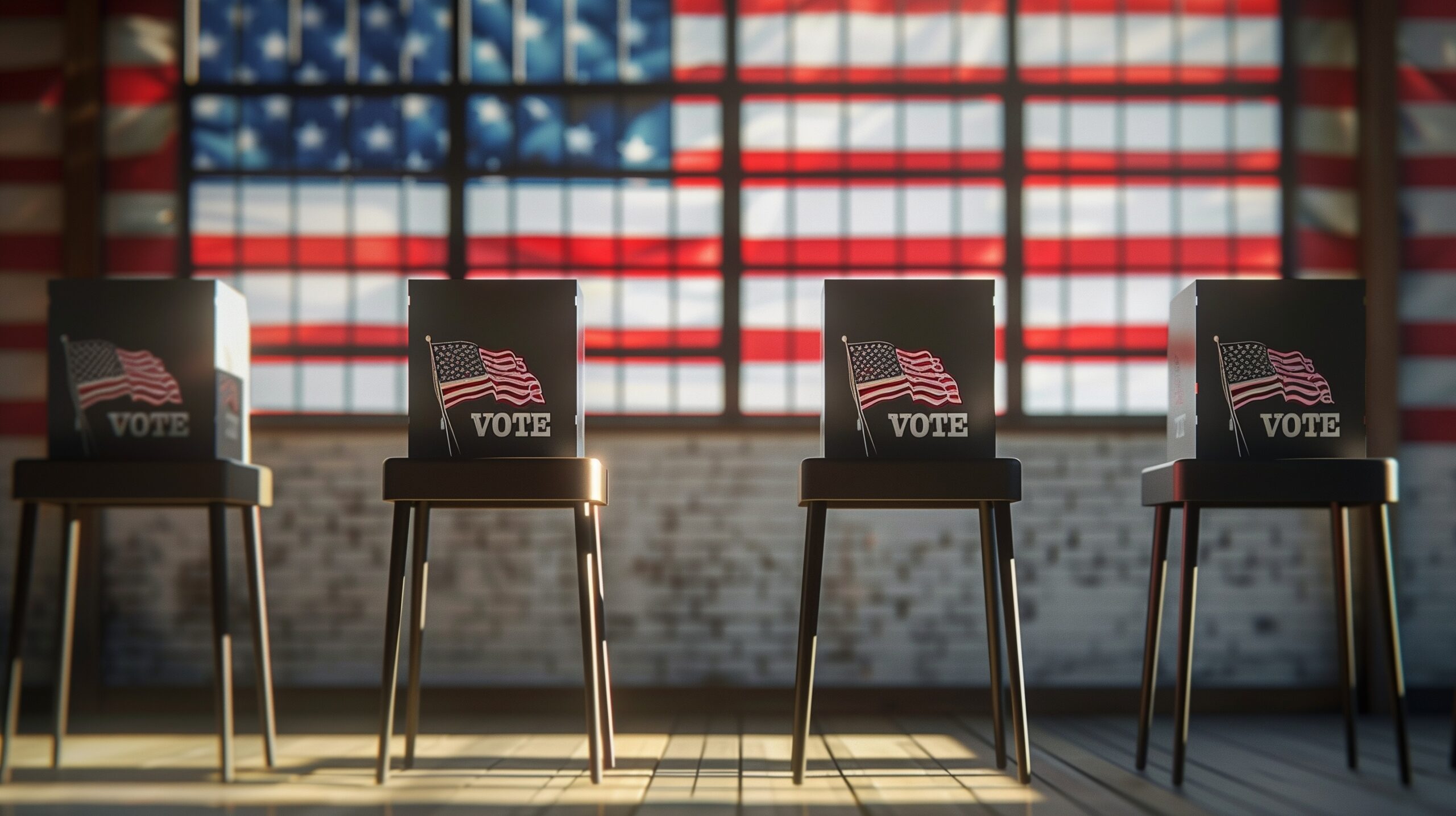
As the 2024 Election moves in to its final weeks, just over half of trial judges who responded to a survey ...